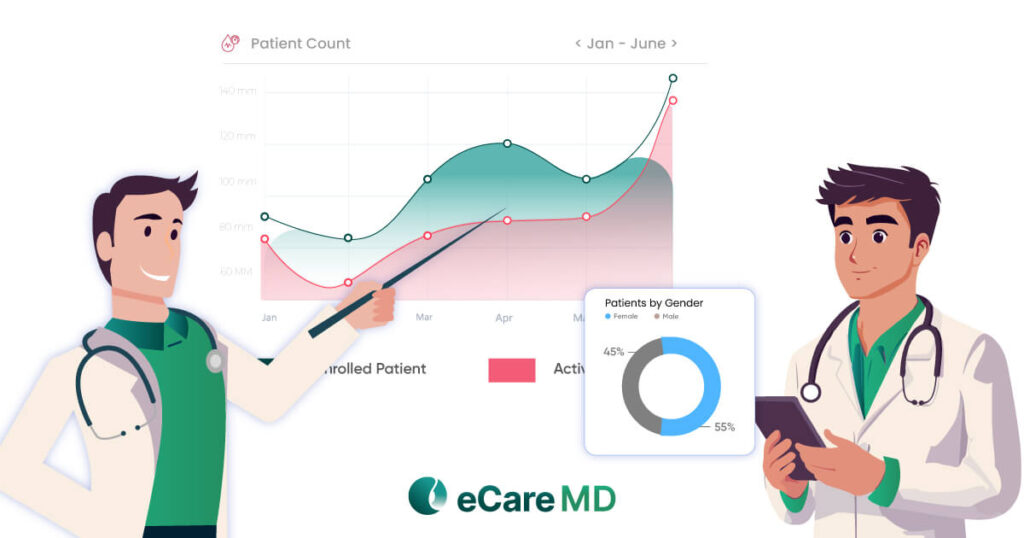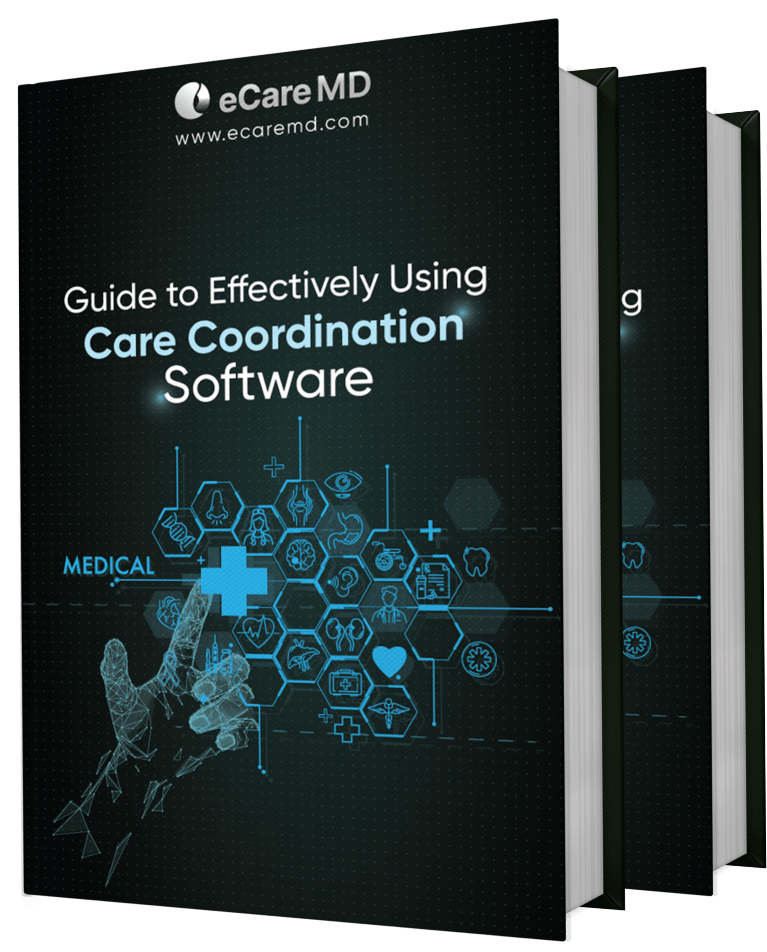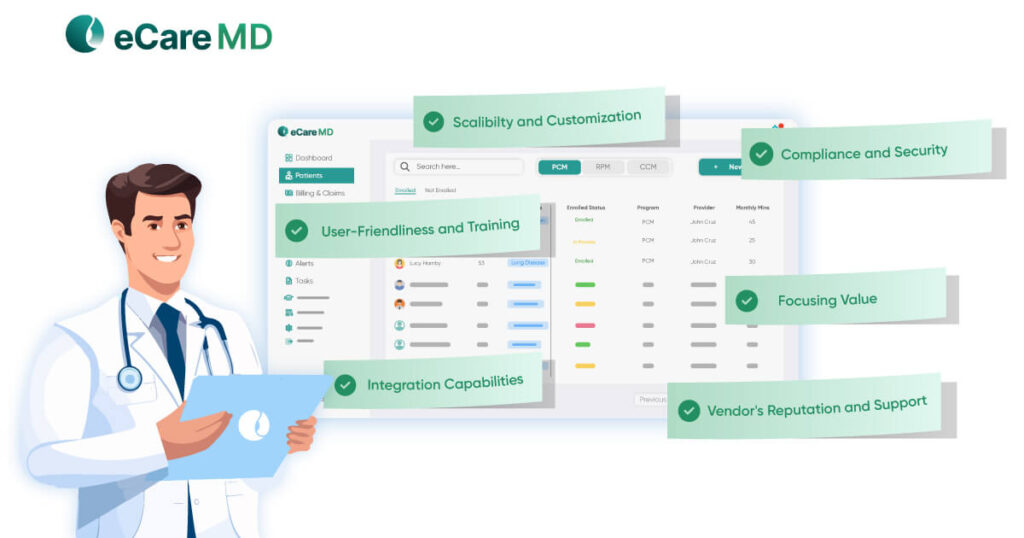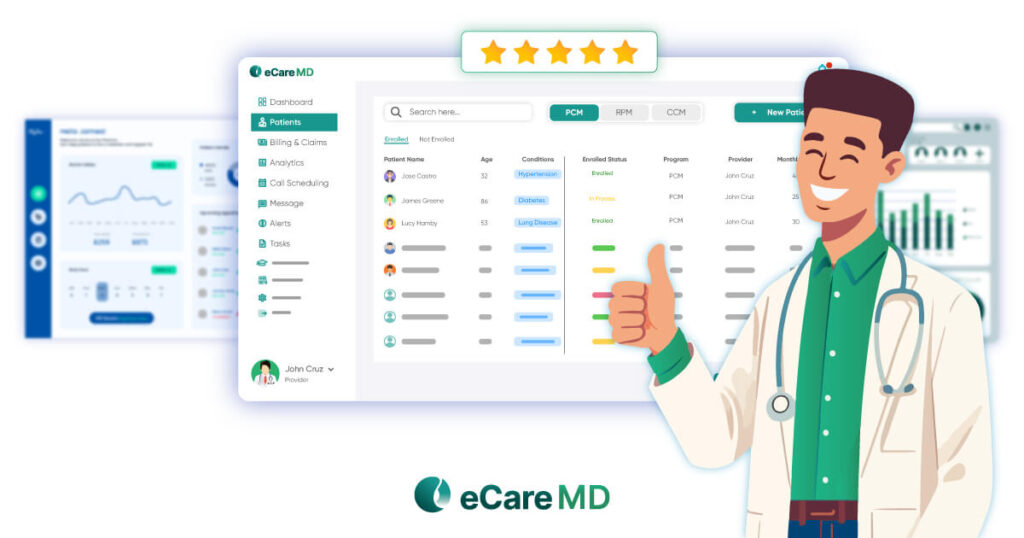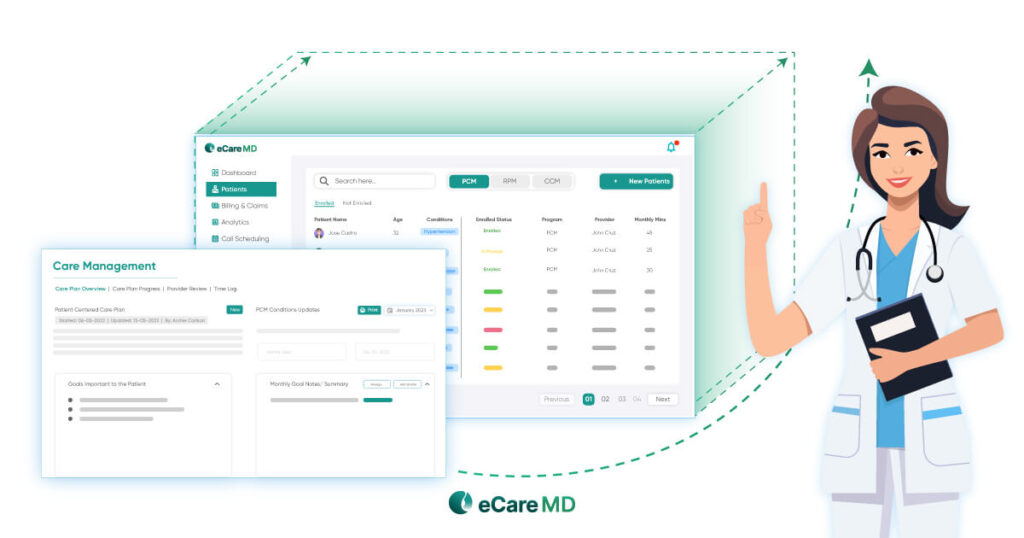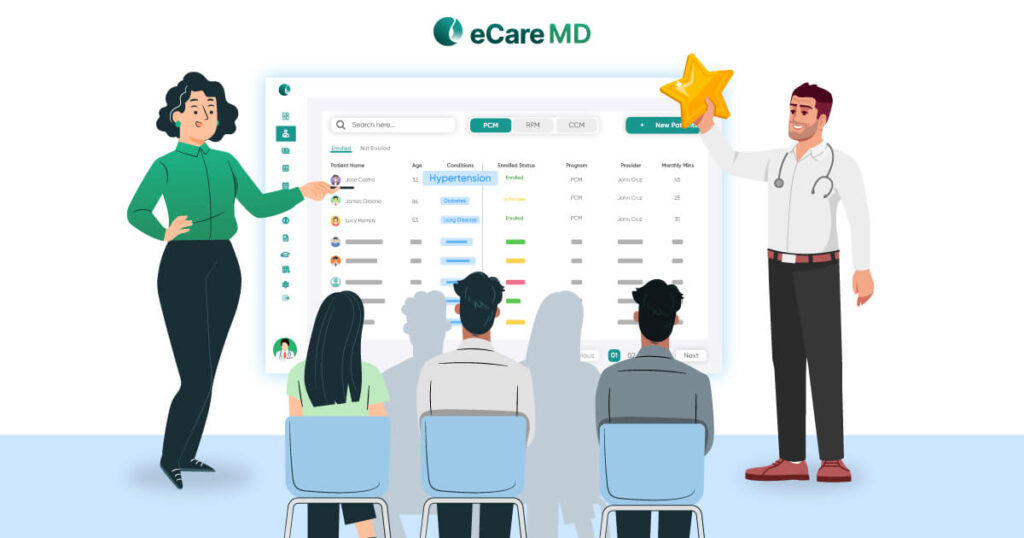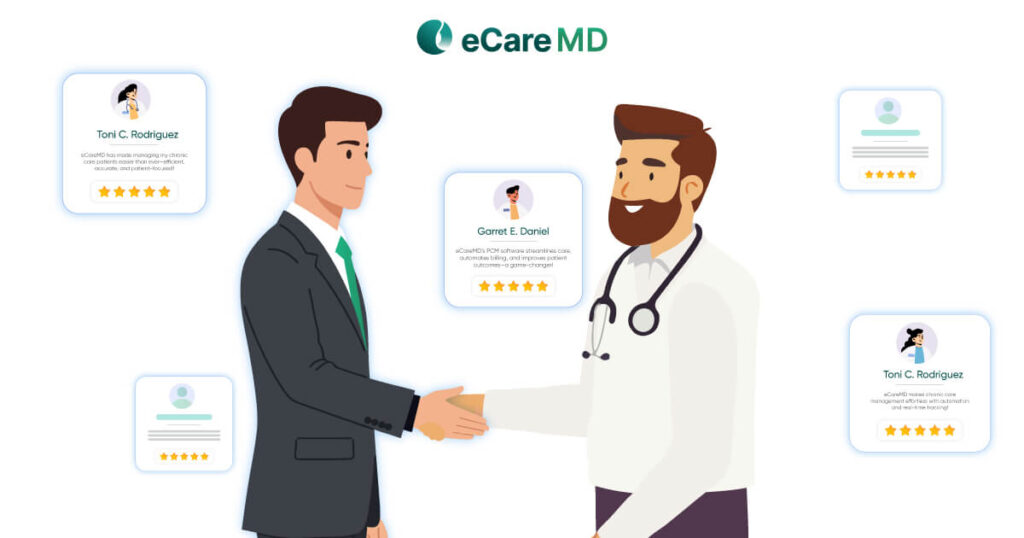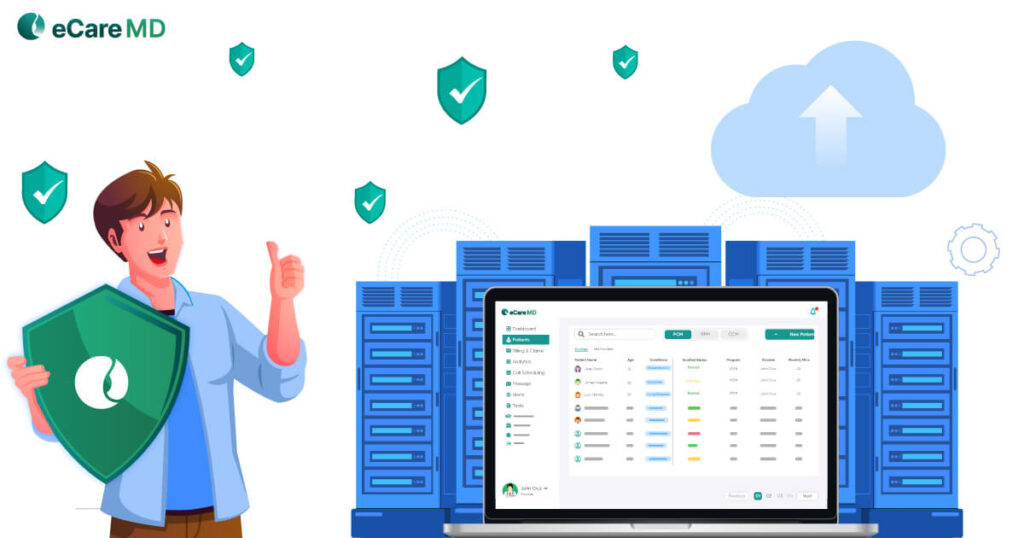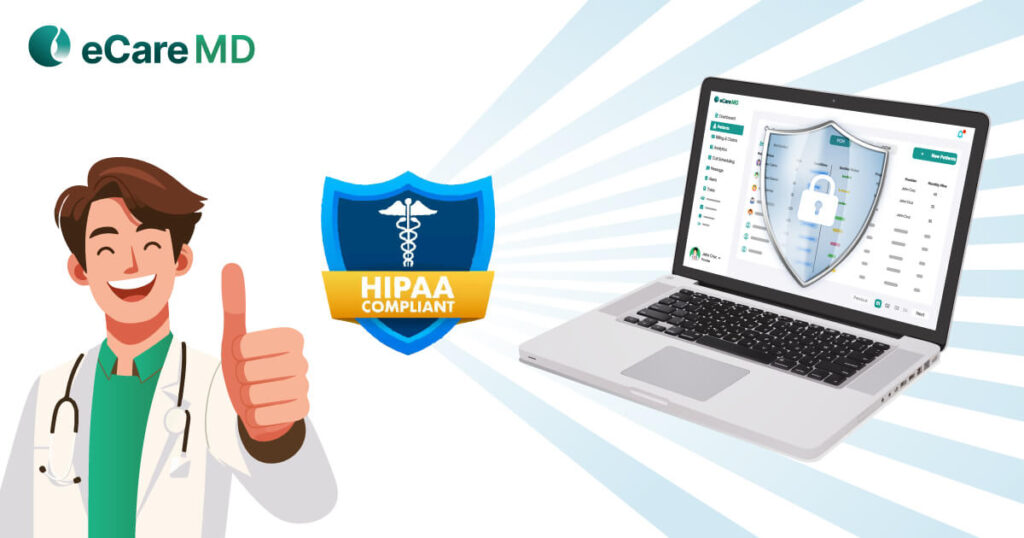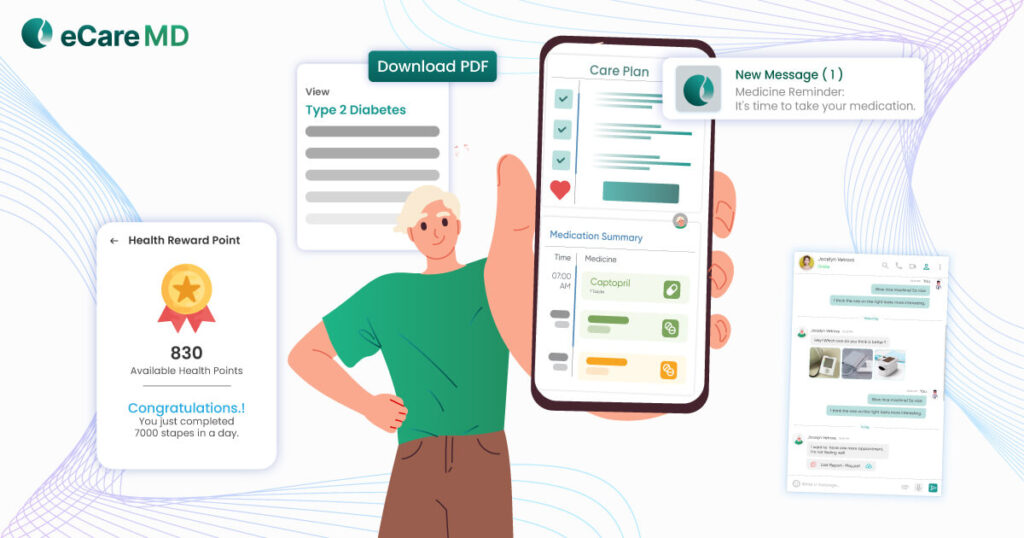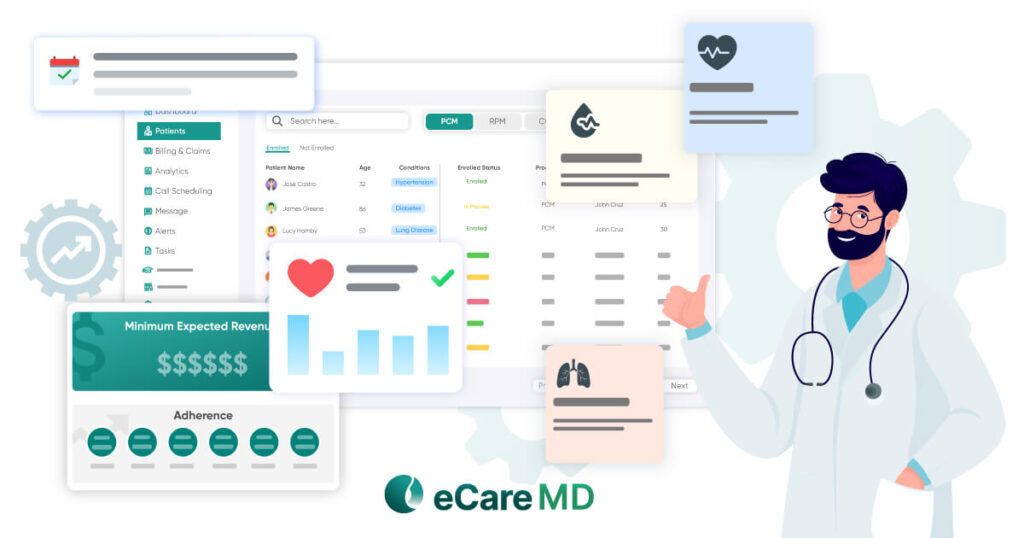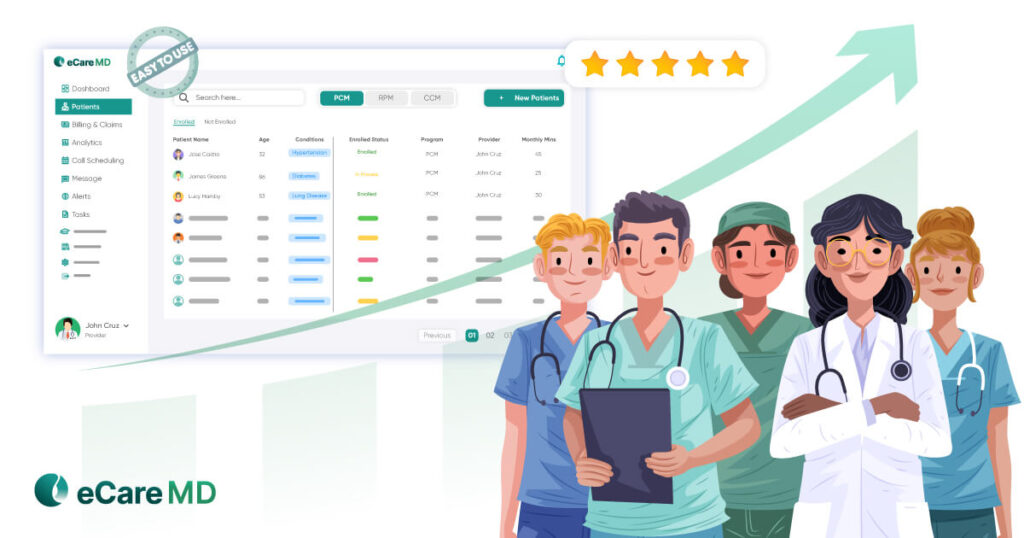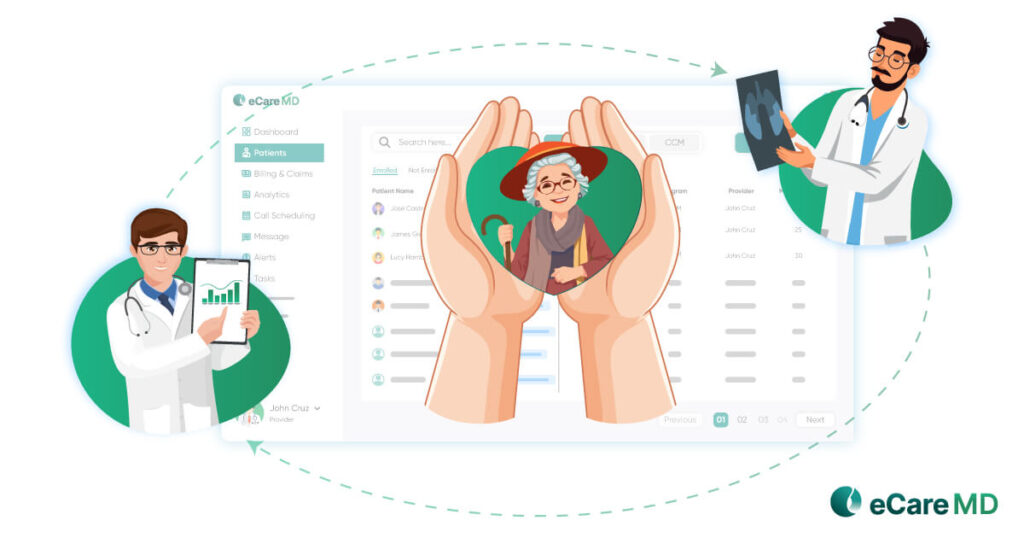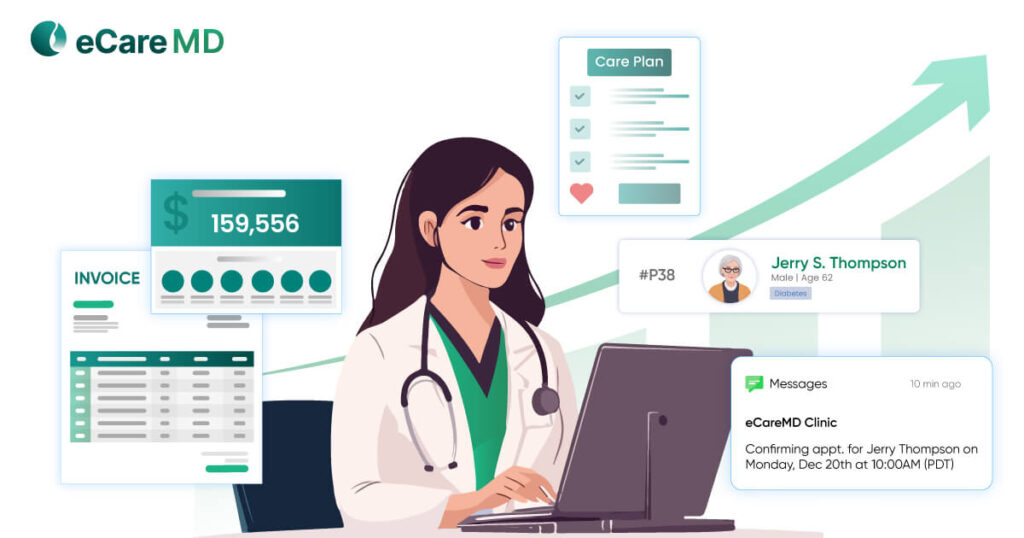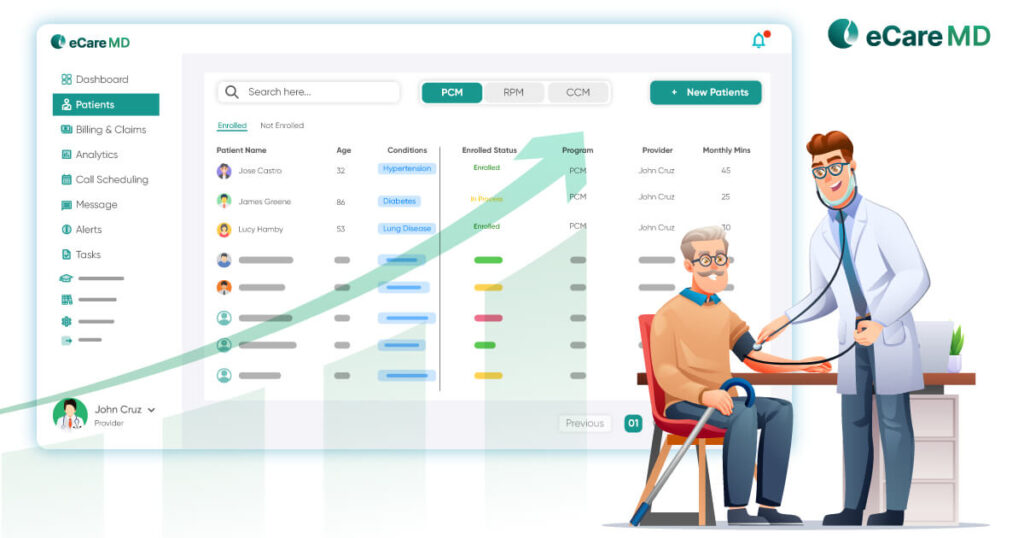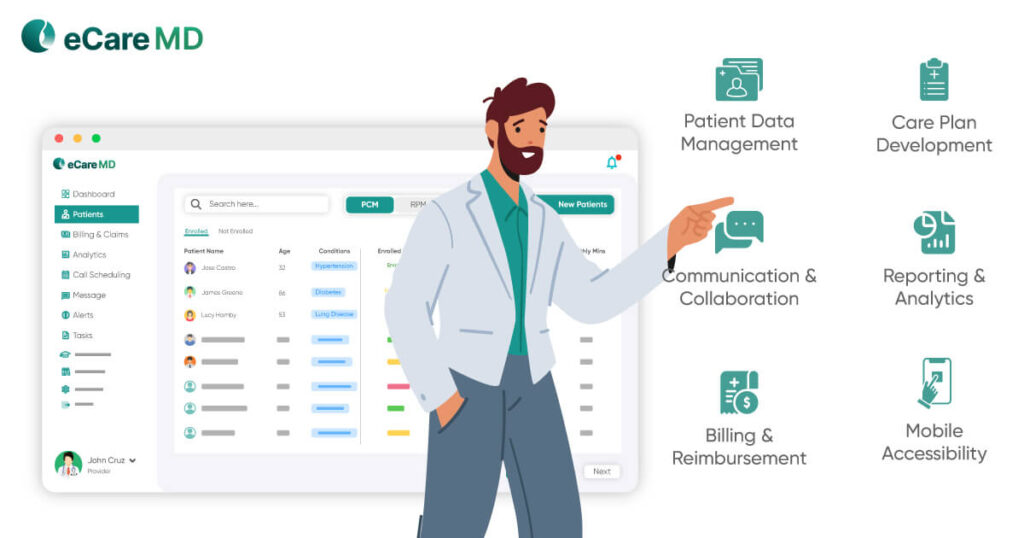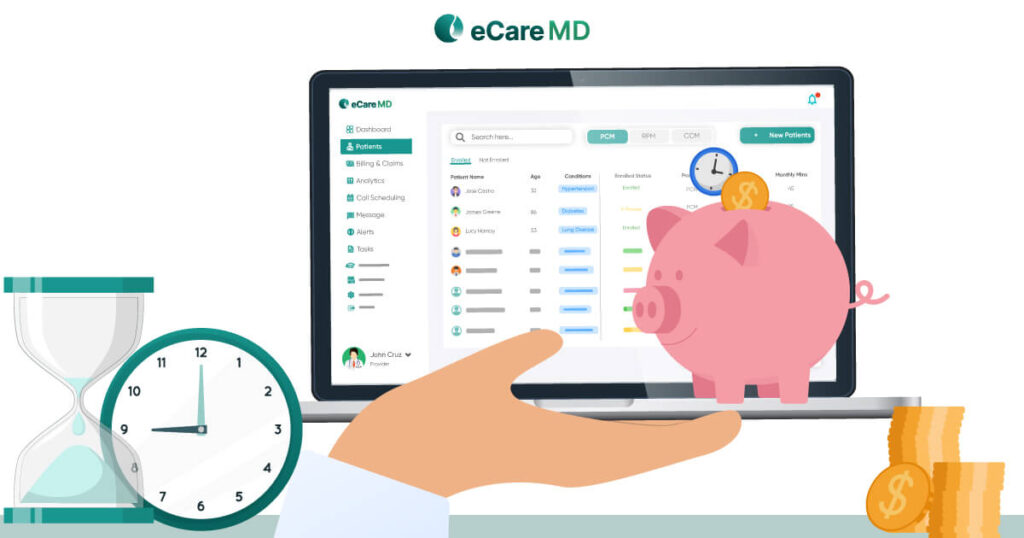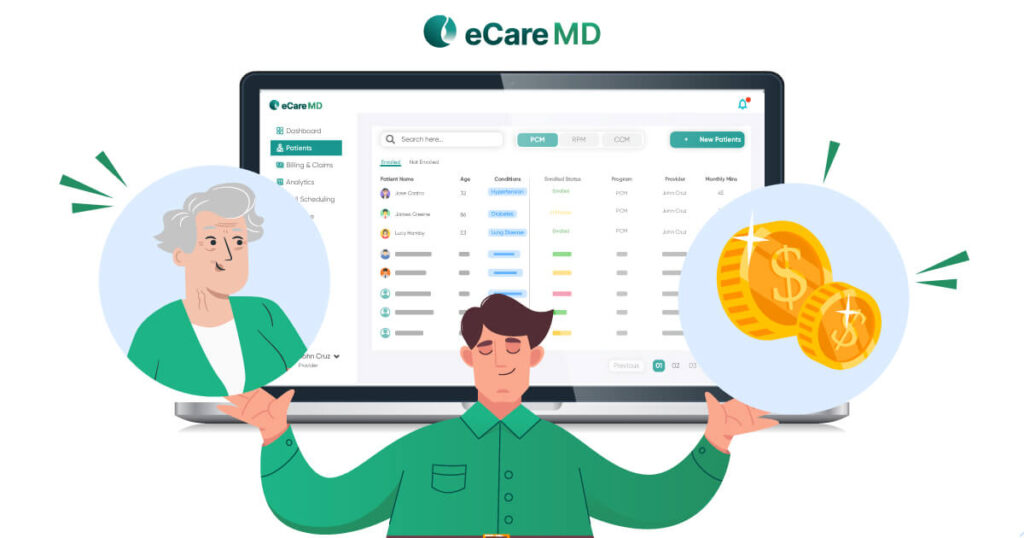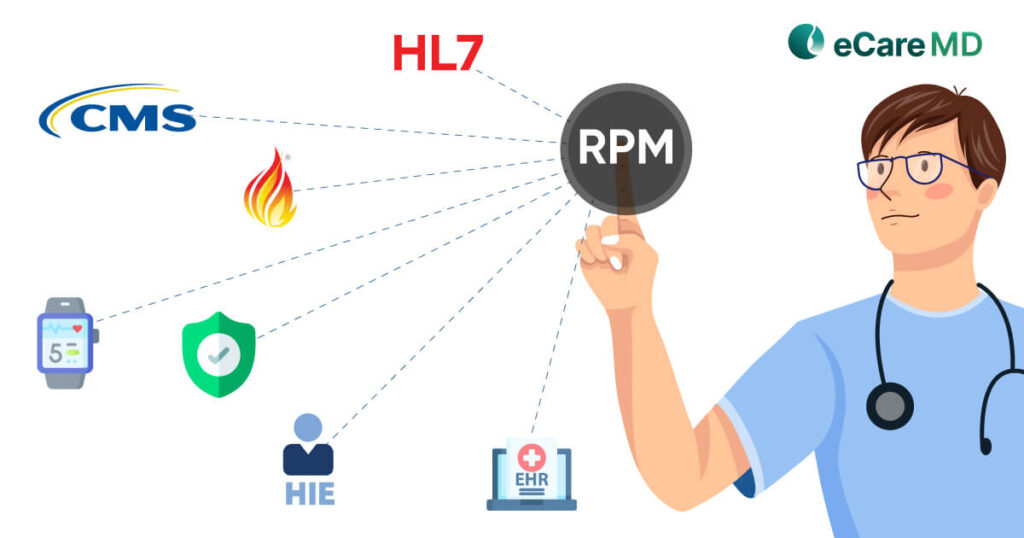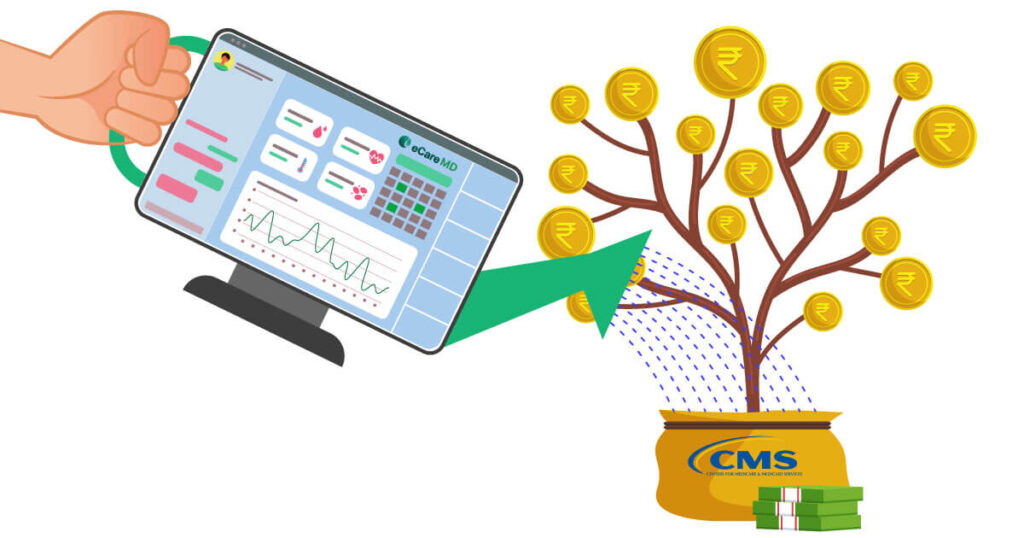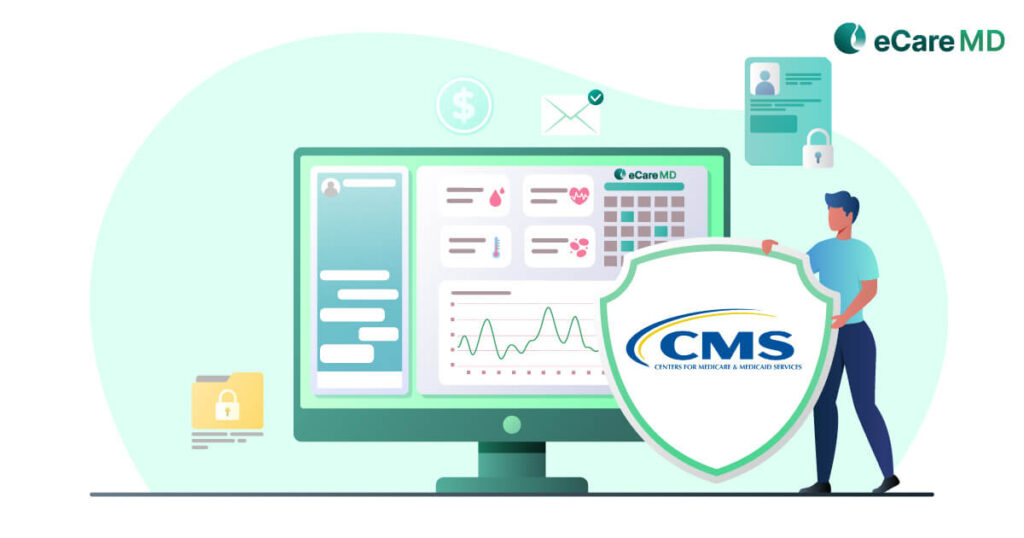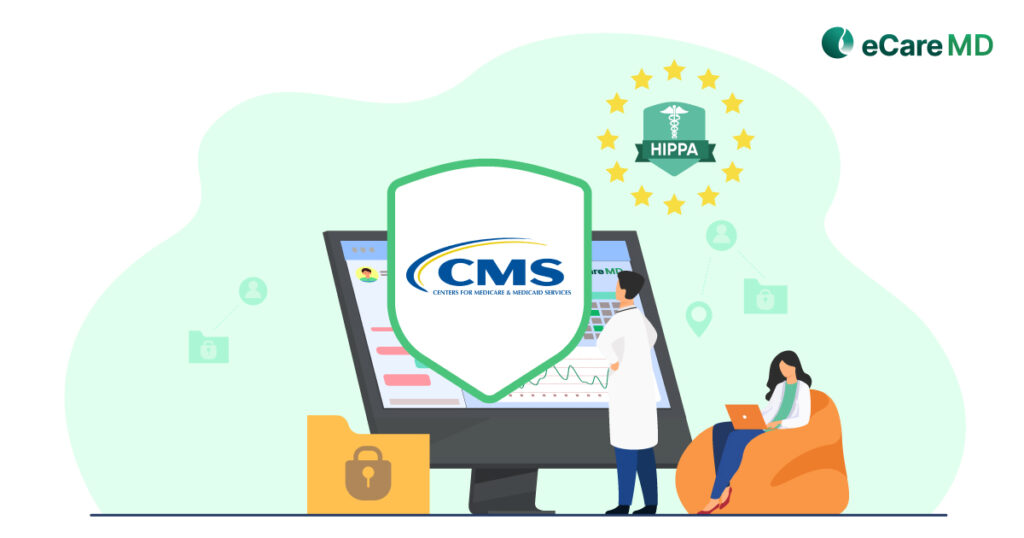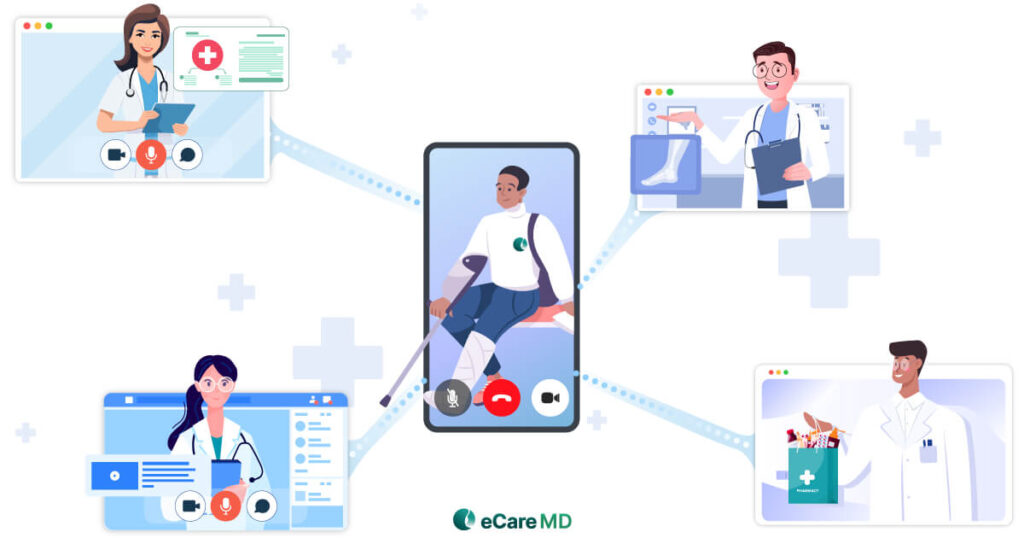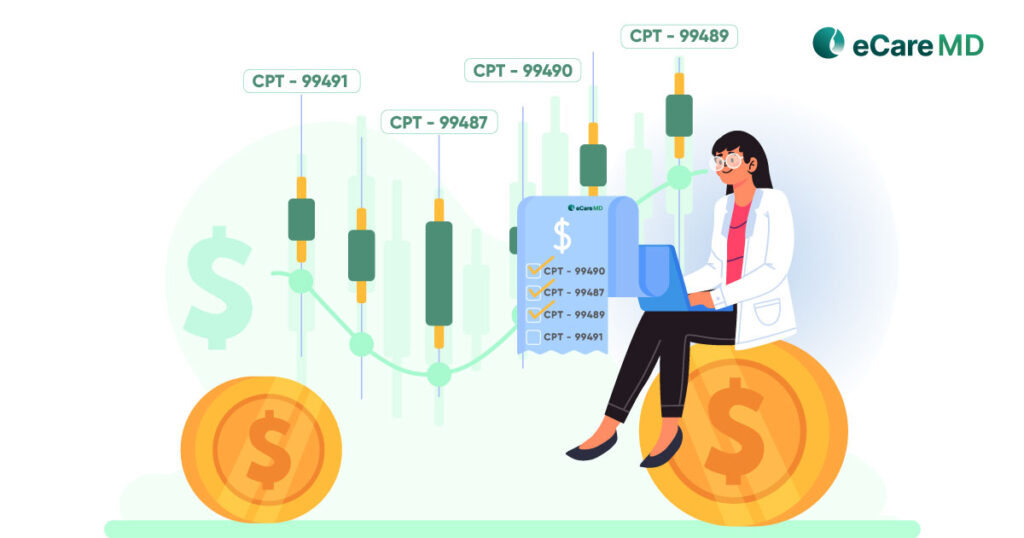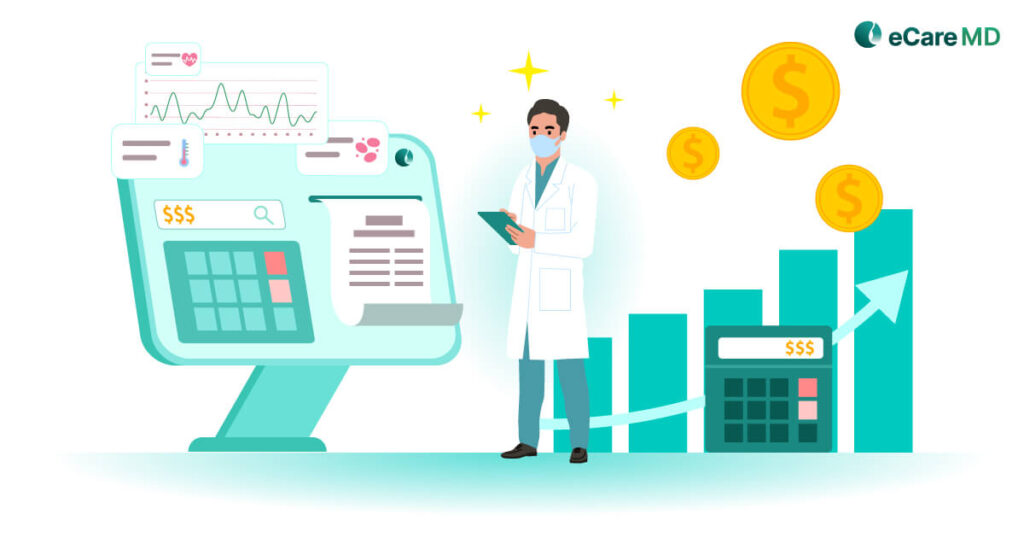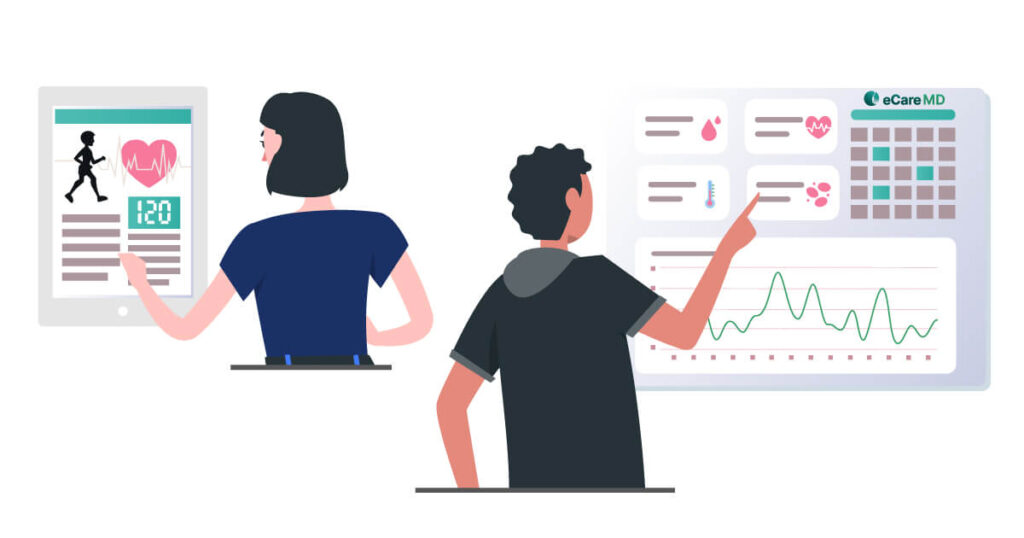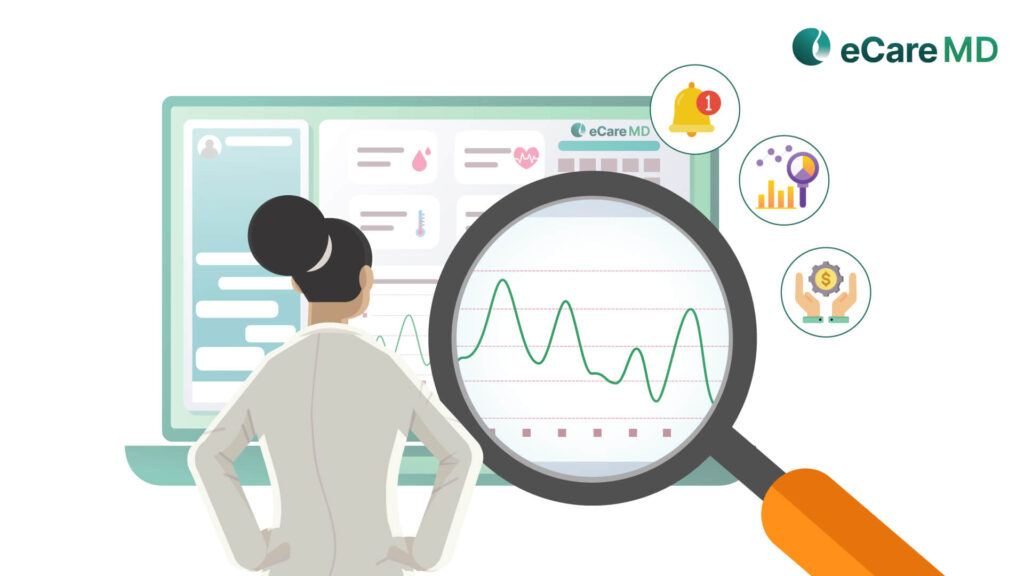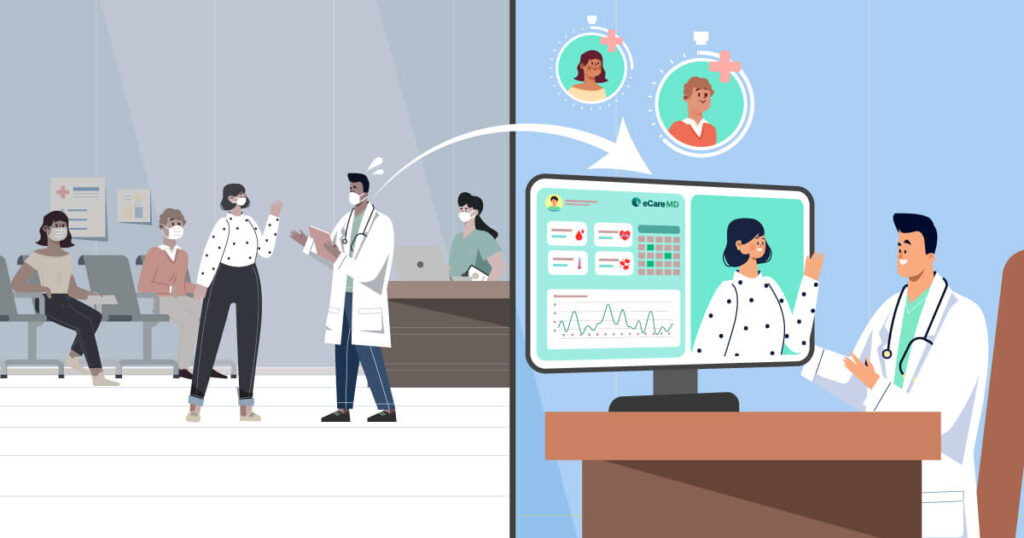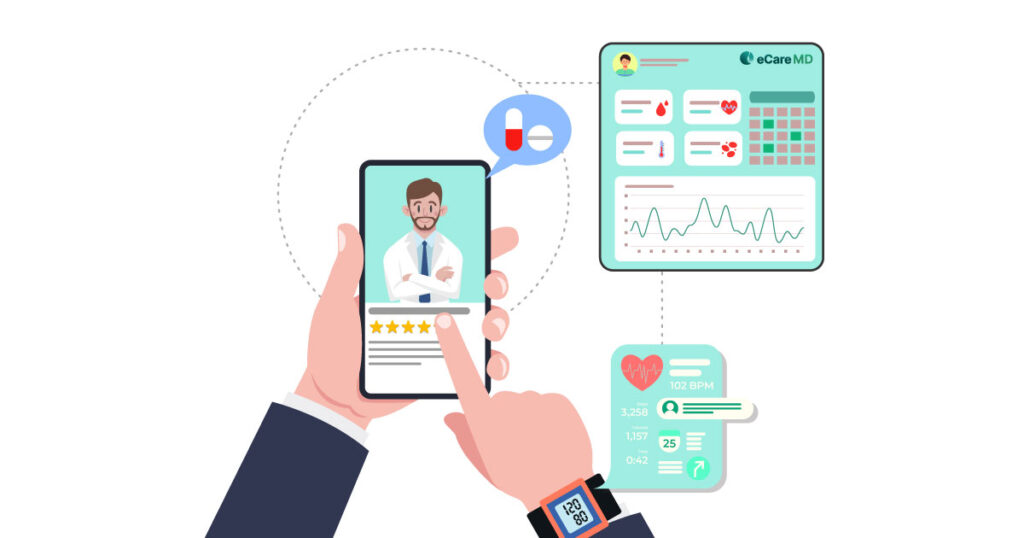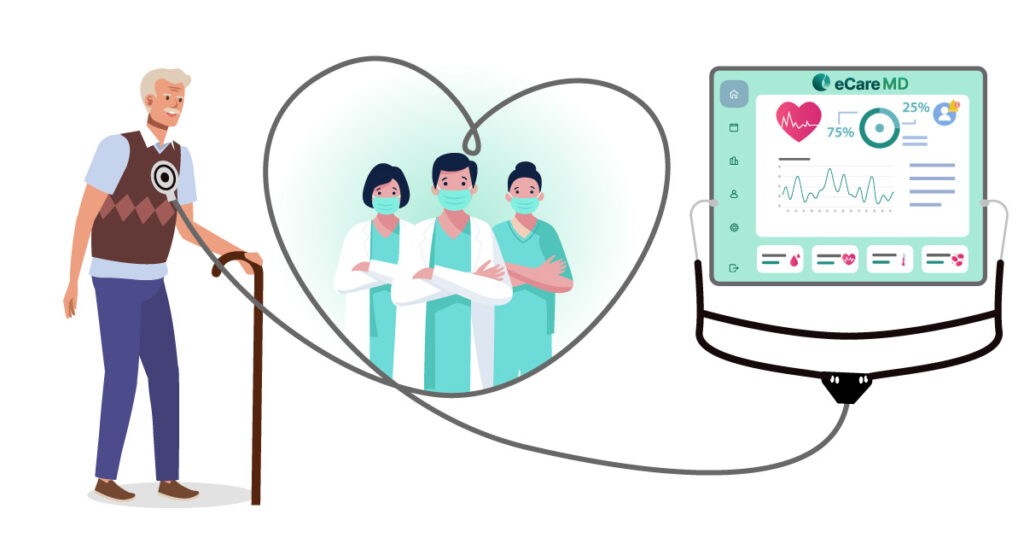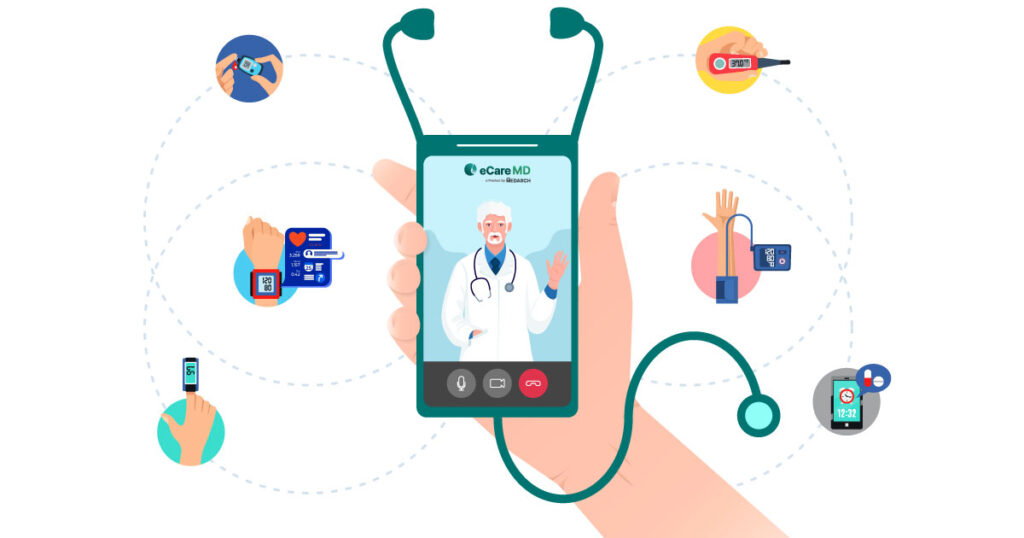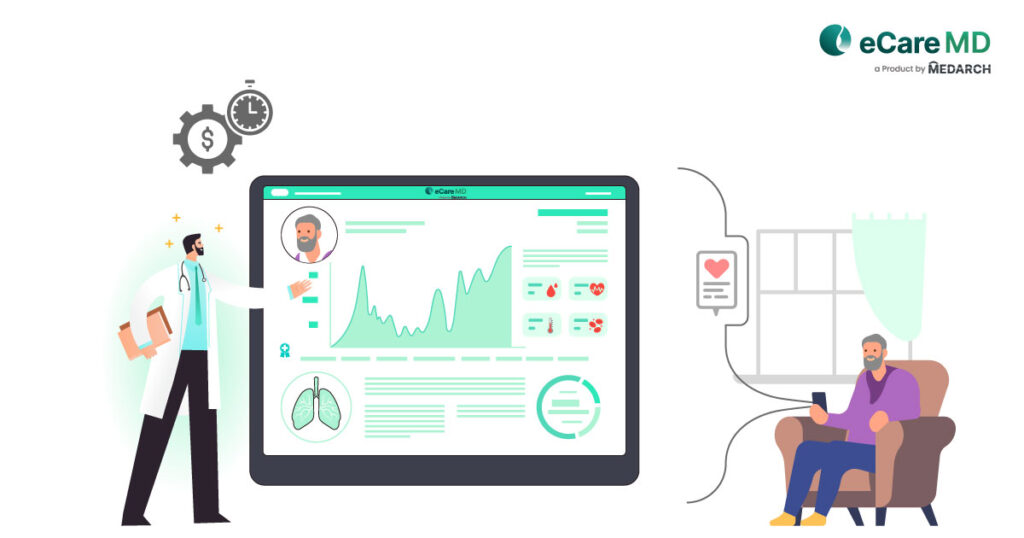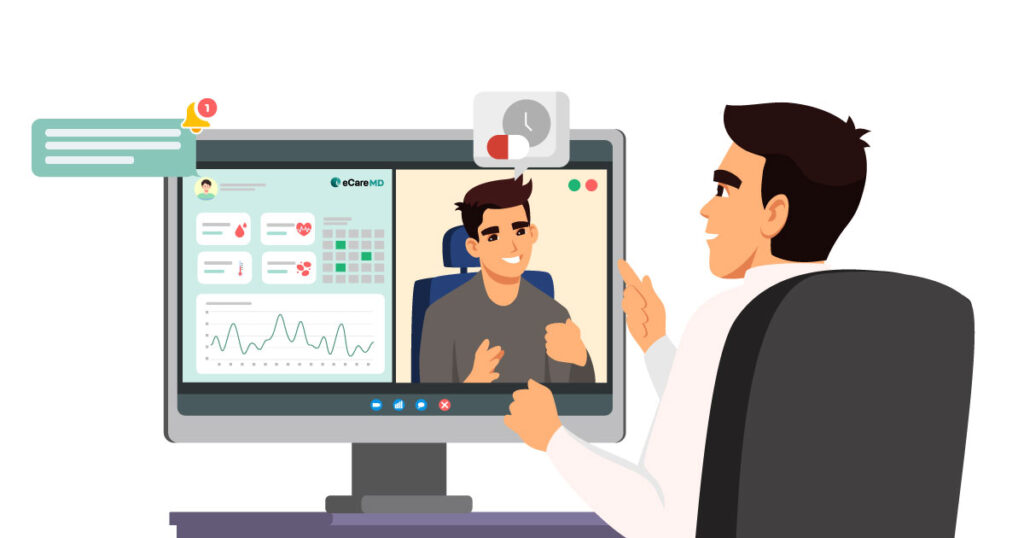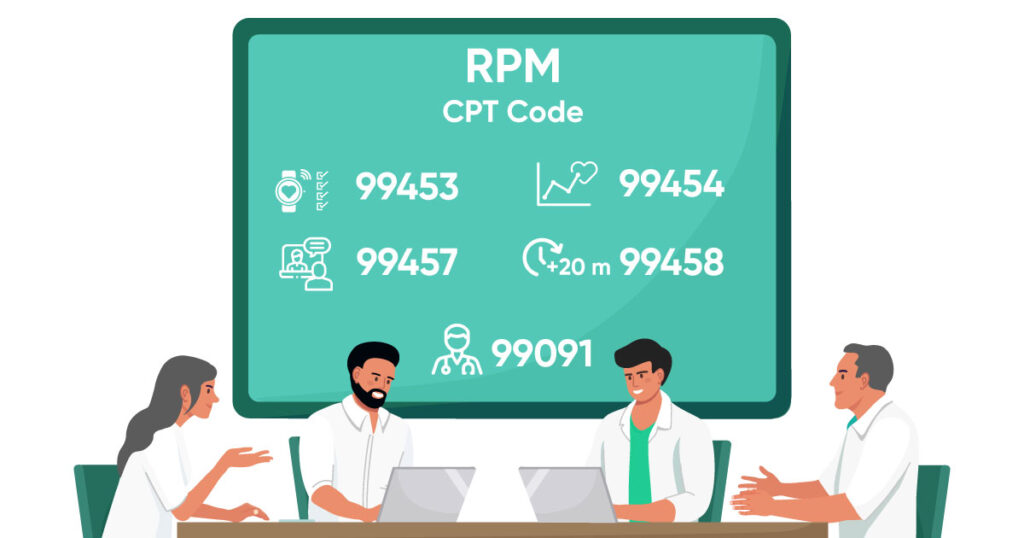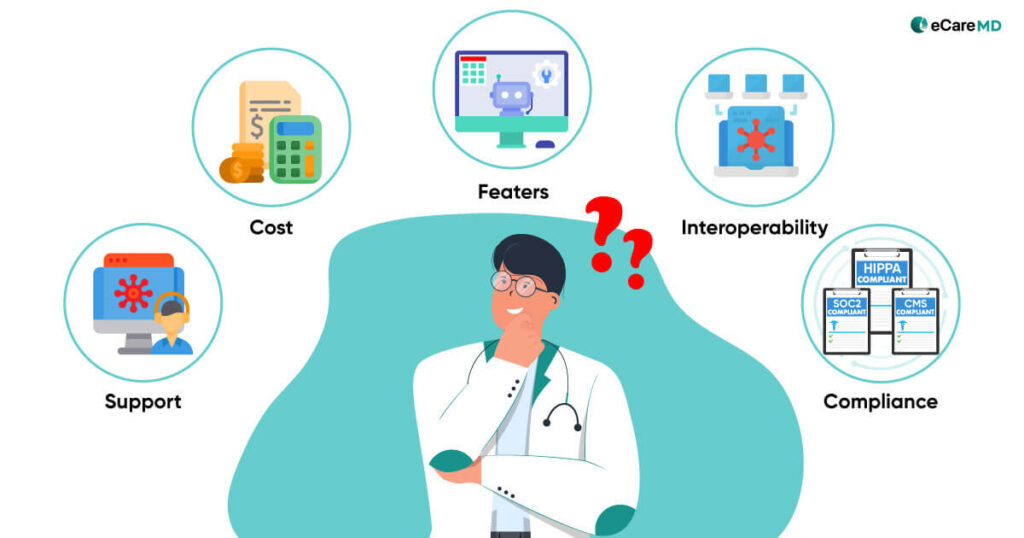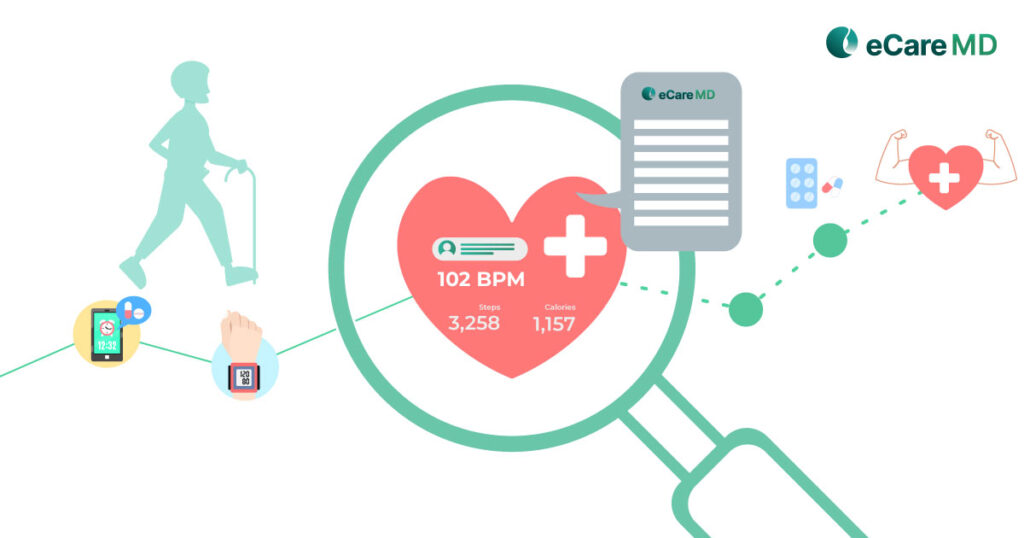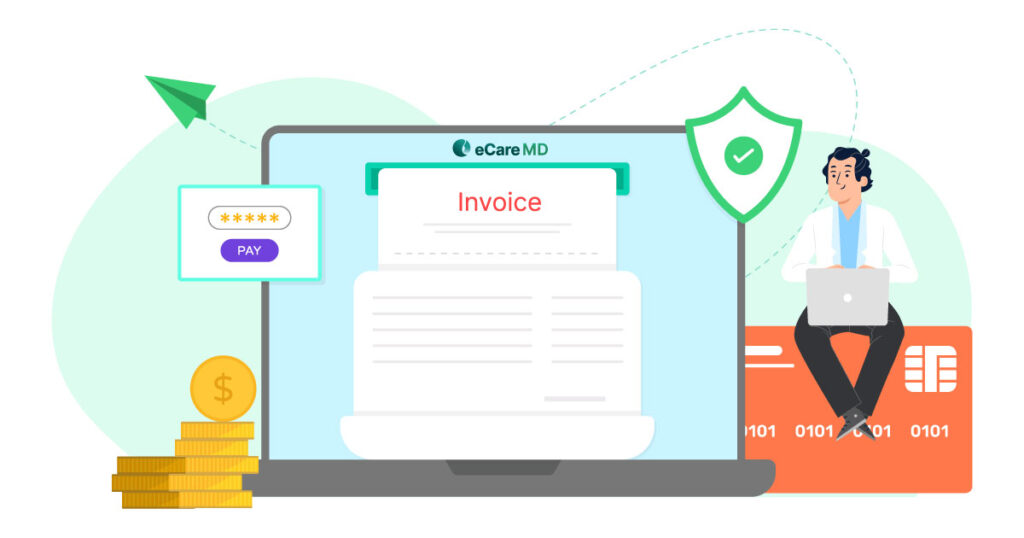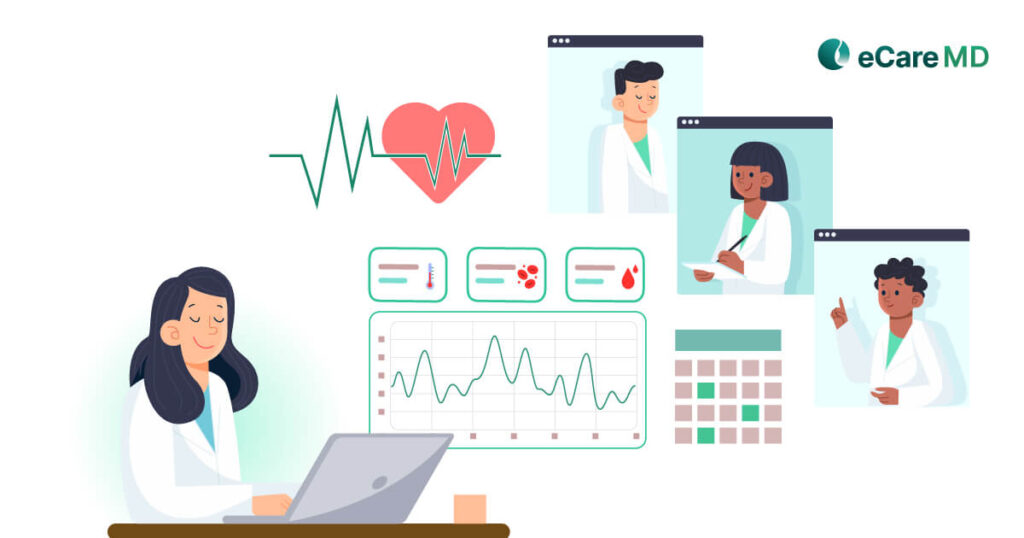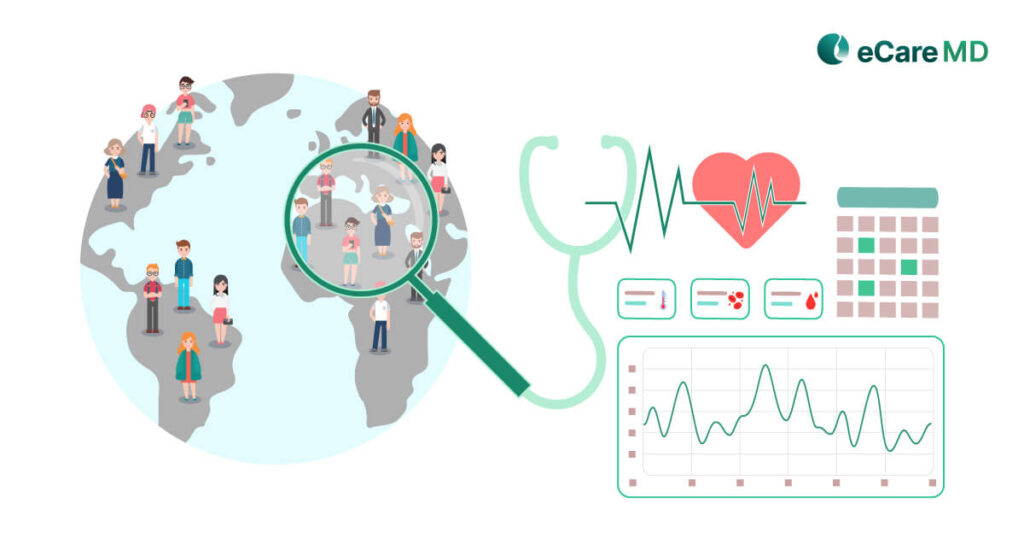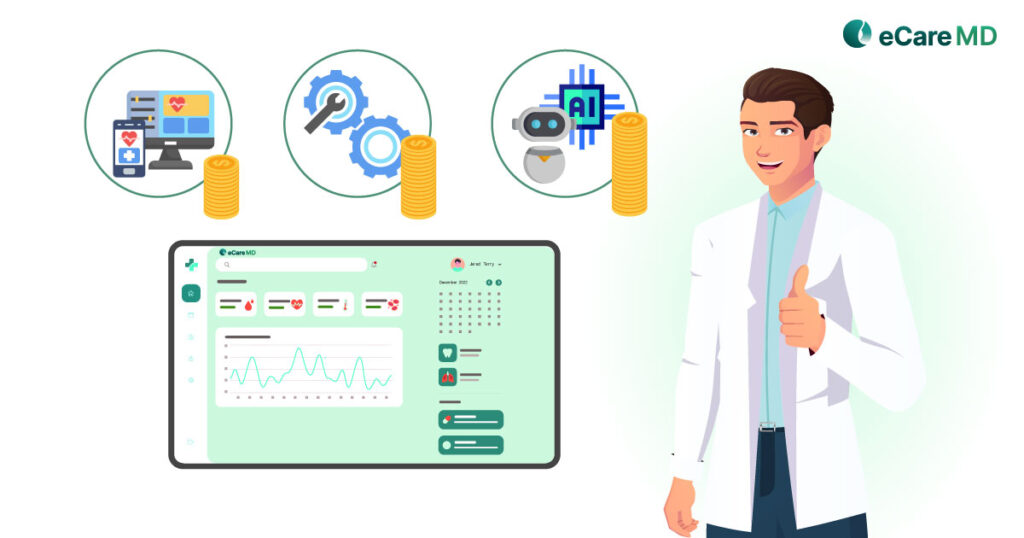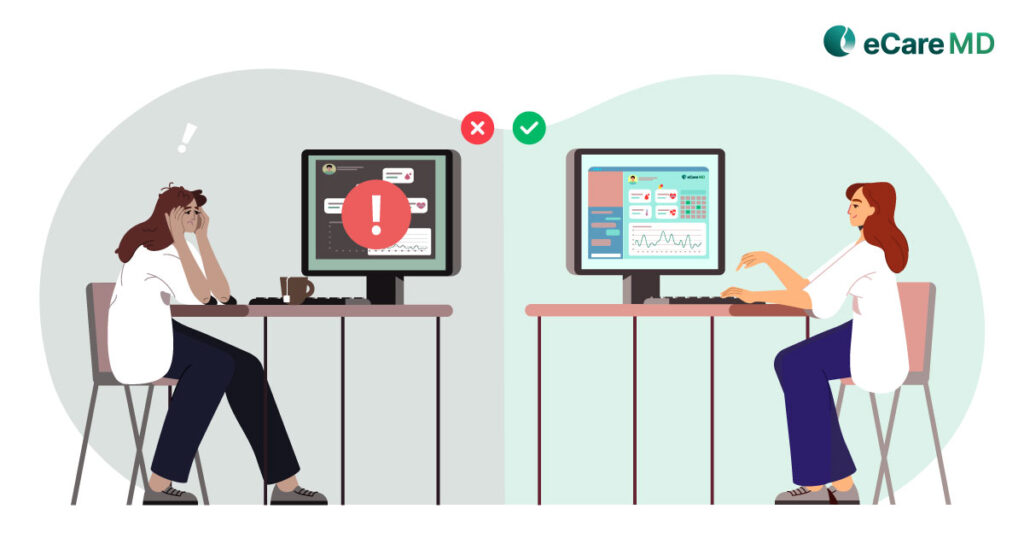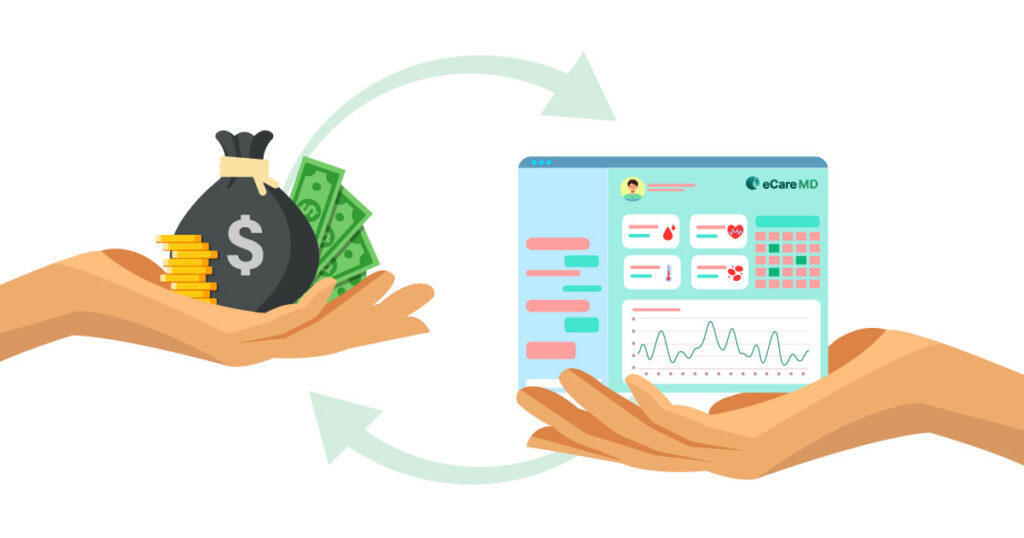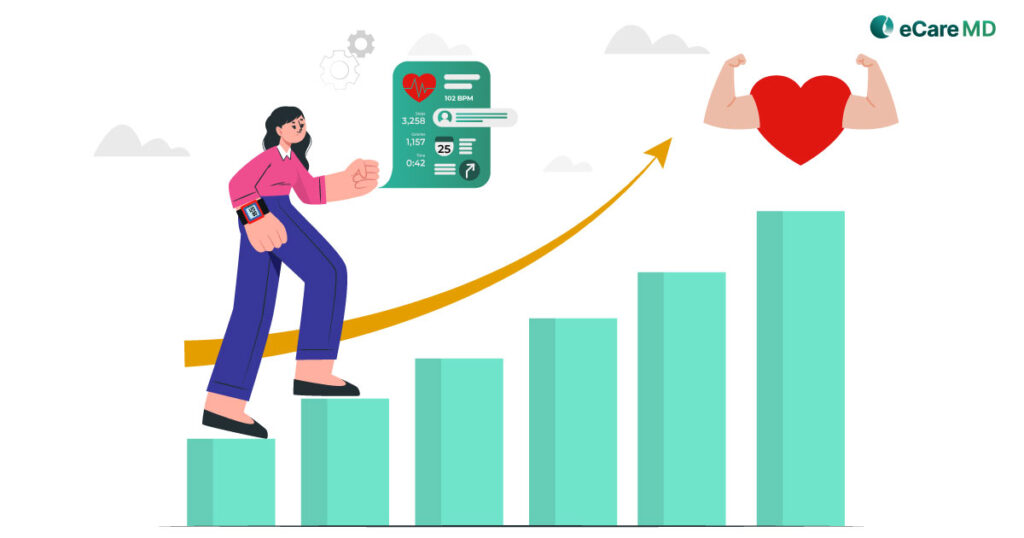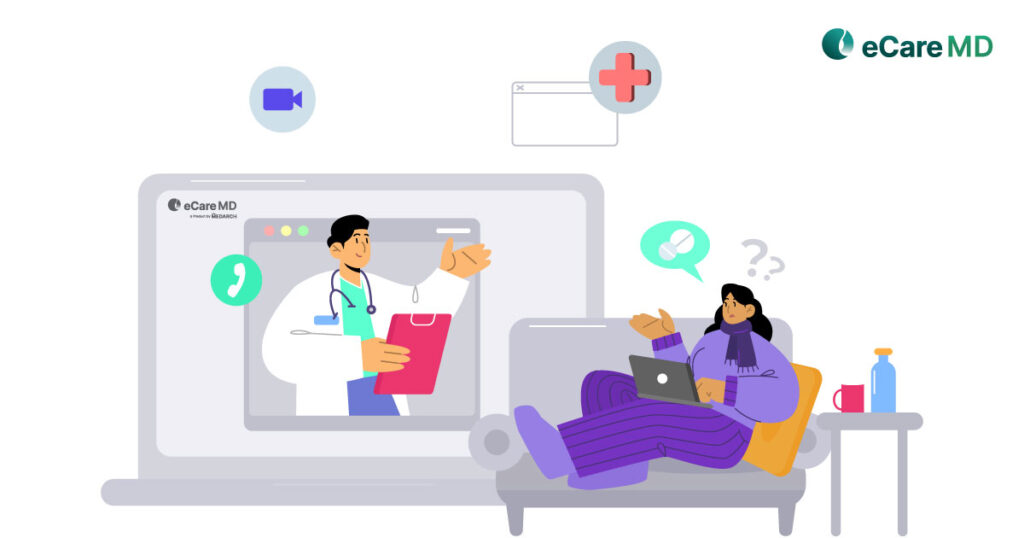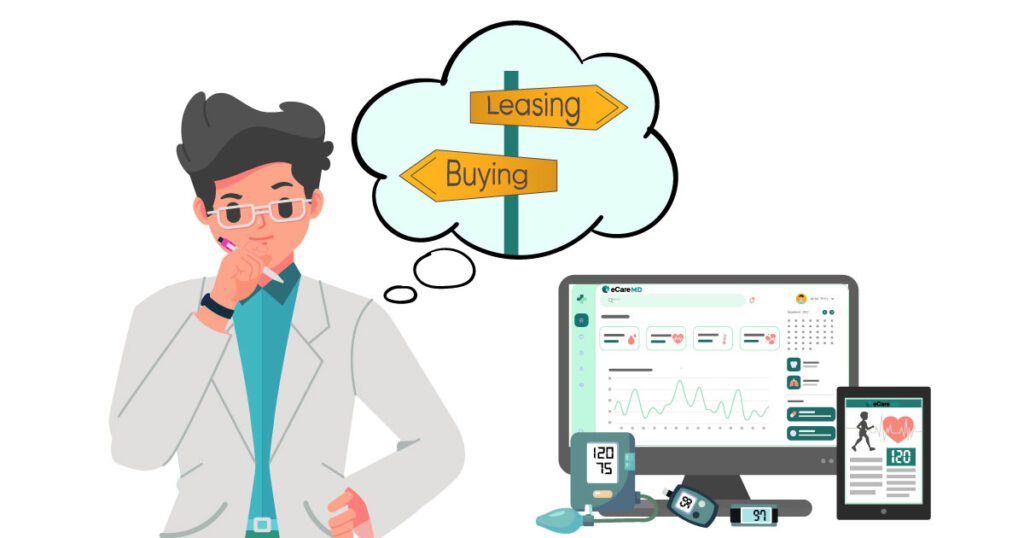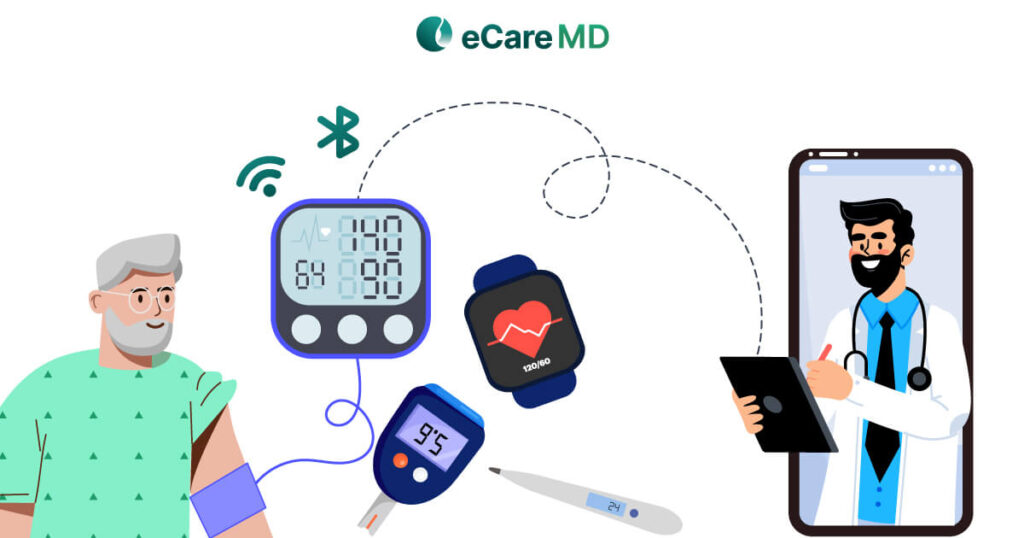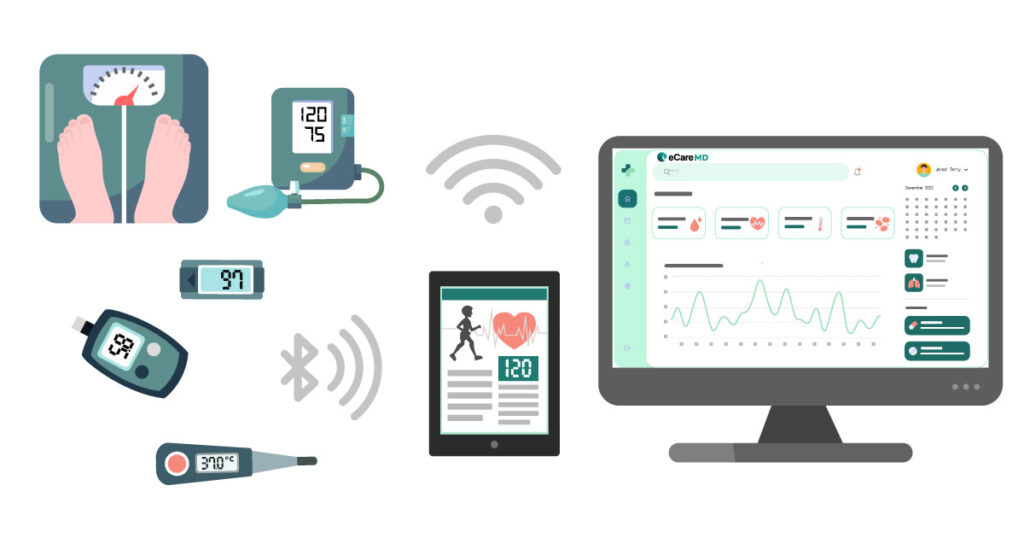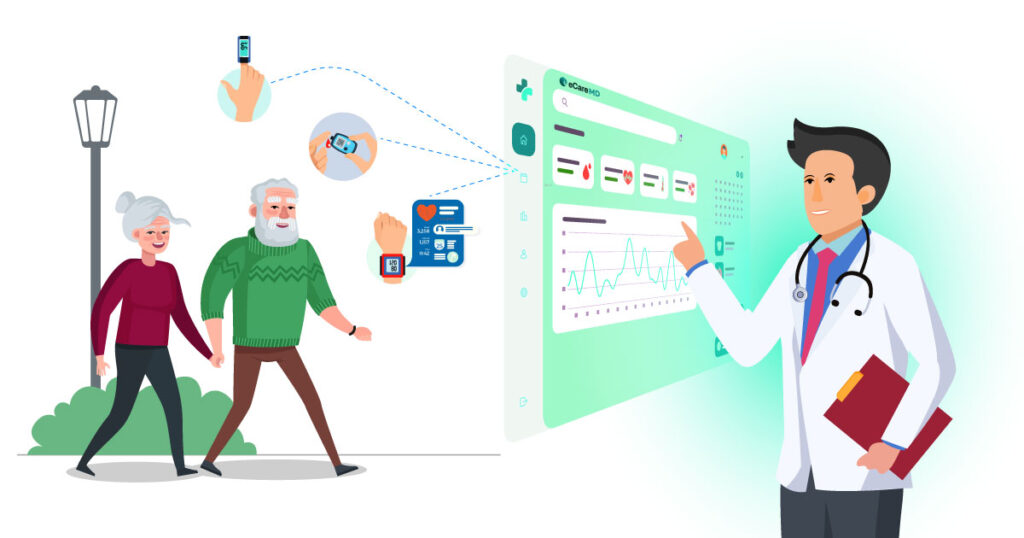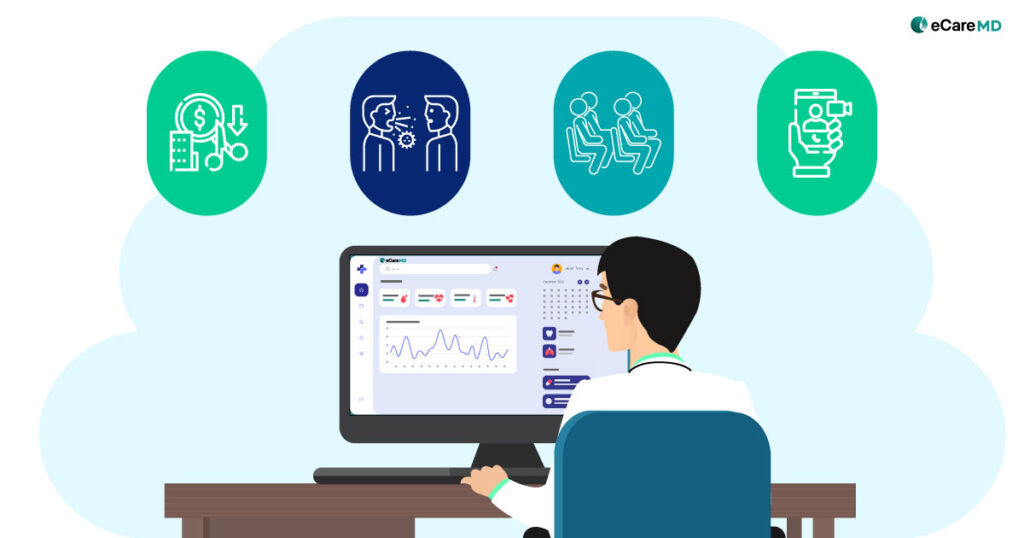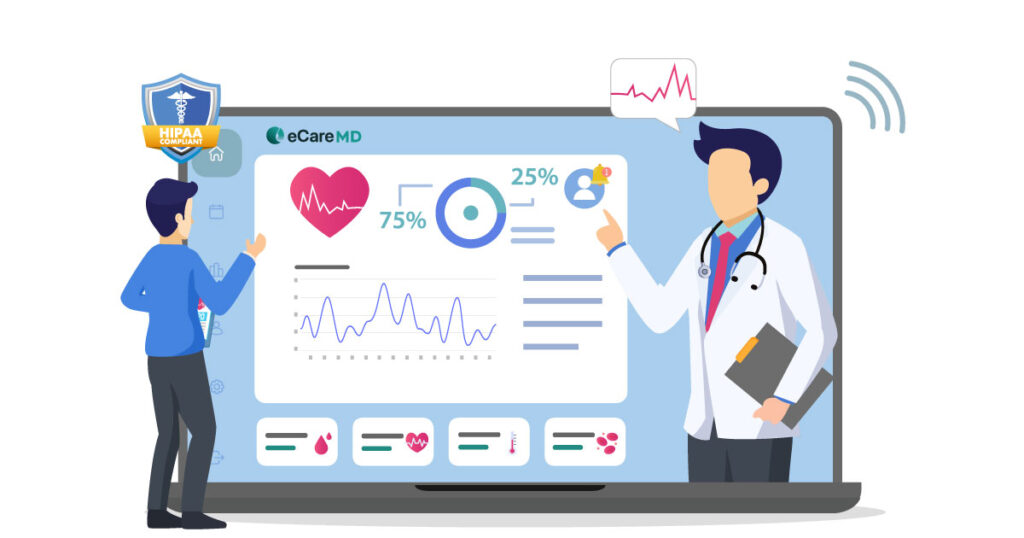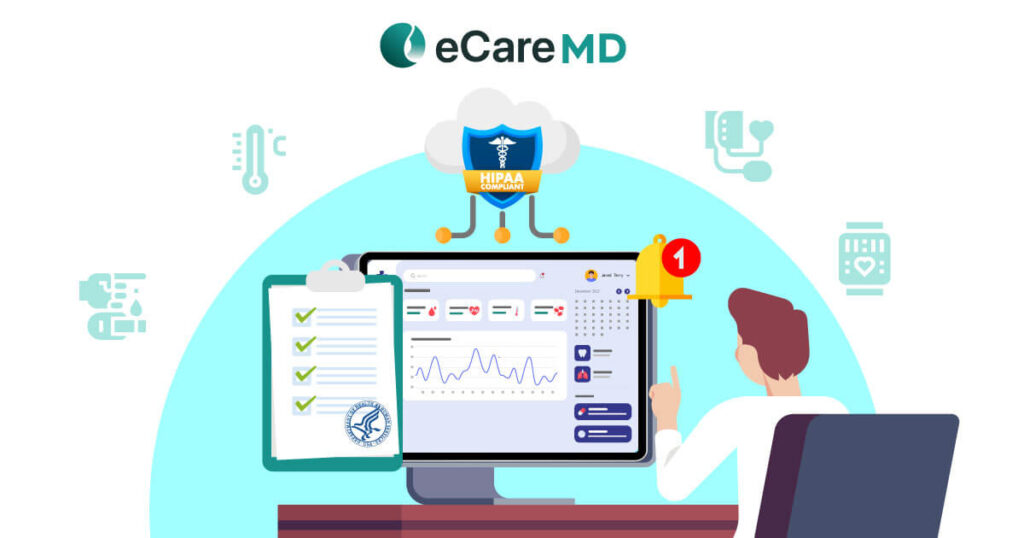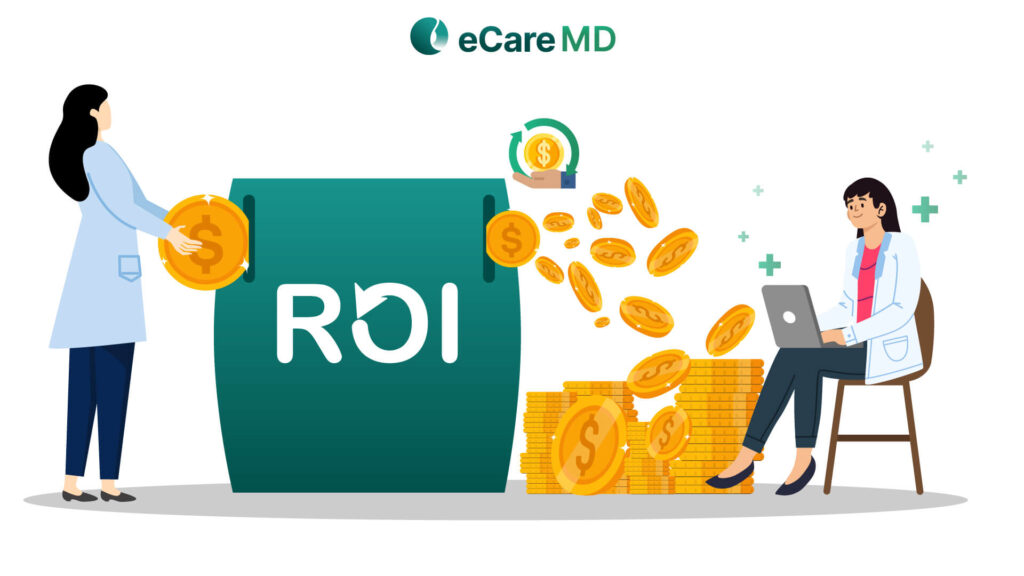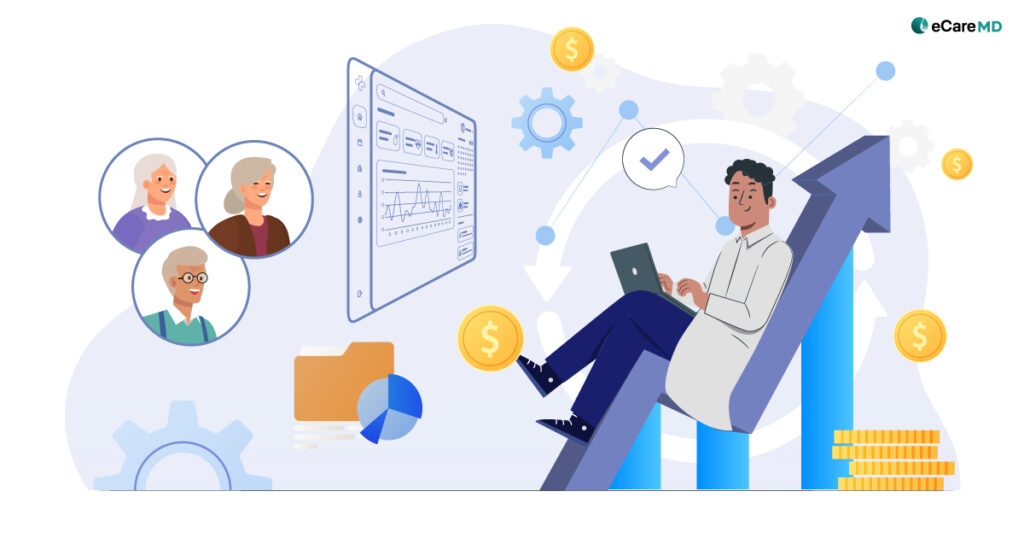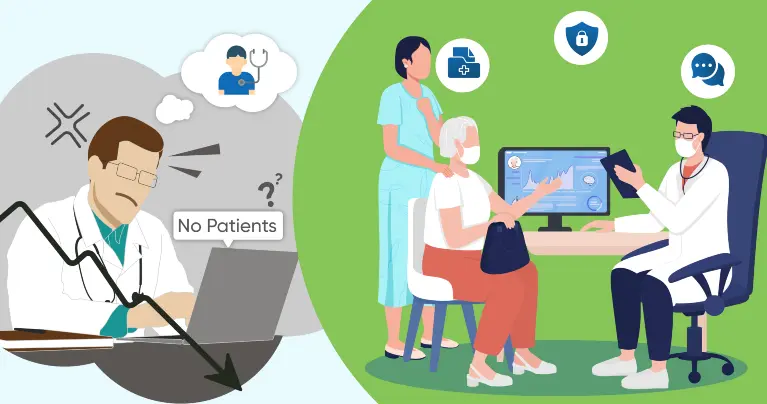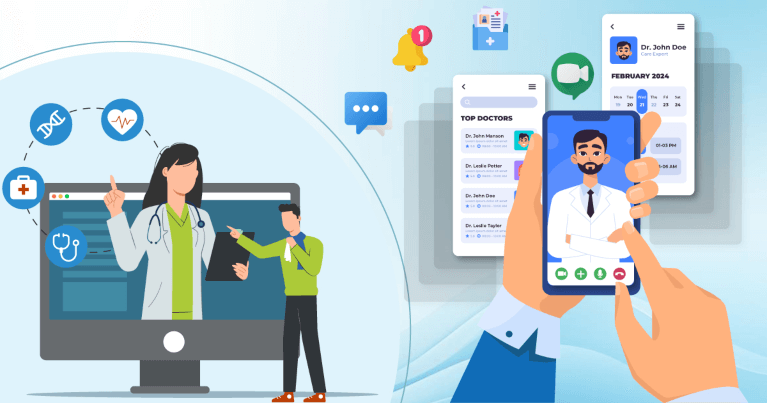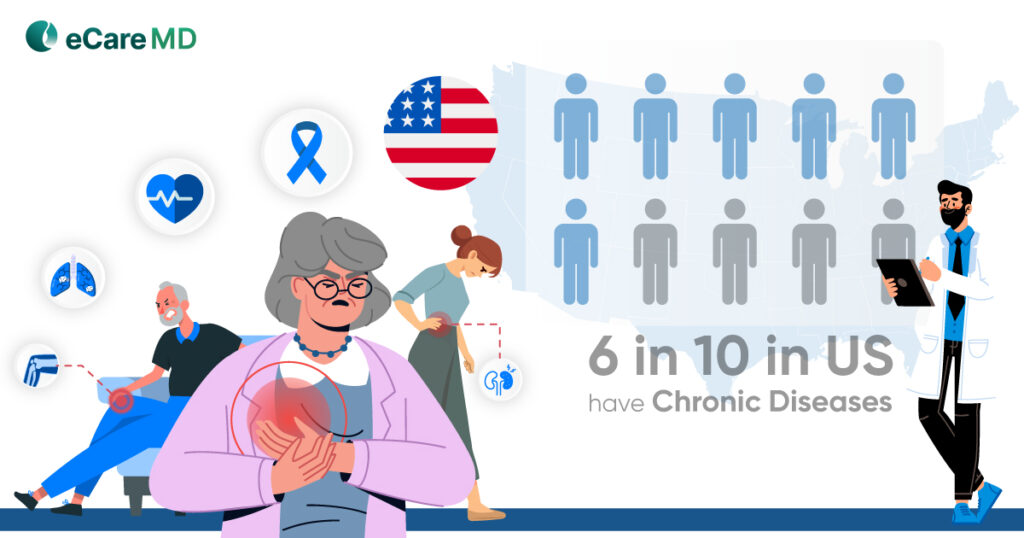Being a healthcare provider, you already know—managing heart conditions or diabetes isn’t as simple as treating a cold or traumatic injuries. With nearly 60% of U.S. adults living with a chronic disease, delivering personalized care at scale is a constant challenge. Keeping up with patient needs, coordinating care, and ensuring the best outcomes can feel overwhelming.
Understanding Key Performance Indicators (KPIs) in PCM
- Patient Engagement: This KPI is all about tracking how actively your patients are involved in their own care. Think of it as measuring everything from how quickly they respond to your outreach to their follow-up visits and even how often they use digital health tools. When your patients are engaged, they’re more likely to stick to their treatment plans, which means fewer hospitalizations and overall better health.
- Adherence Rate: When you need to know how many patients are following the care plan diligently, this is where you know. This also tells you whether they are making the suggested lifestyle changes. When this drops, these are the clear signs that patients are not following their treatment diligently, and you need to make some tweaks in the care plan.
- Care Plan Effectiveness: This is what indicates the success of your PCM strategies. A Care plan becomes effective when there are fewer hospital readmissions, so tracking the number of readmissions in your hospital tells you the effectiveness of the care plan.
Patient Engagement and Adherence: Tracking and Improving

For PCM to be a successful program, patient engagement and adherence are irreplaceable factors. And PCM software equipped with advanced data analytics gives you the real-time insights you need to ensure your patients stay involved and on track. Even the best-designed care plan won’t work if patients aren’t actively participating, and that’s where the PCM software truly shines.
With the right PCM software, you can monitor key engagement metrics in real time. It tracks how often patients respond to outreach, attend follow-ups, access educational materials, and use digital health tools. This continuous feedback means you’re never uninformed, and when a patient starts to disengage, you’ll know right away and can intervene before complications set in.
But it is not limited to only tracking. The PCM software, with its predictive analytics, dives deeper, identifying patterns such as missed check-ins, gaps in medication refills, or irregular vital signs. These insights identify high-risk patients early, allowing you to tailor interventions such as a follow-up call, additional resources, or adjusting their care plan to keep them moving in the right direction.
Automation is another powerful feature of the PCM software. Automated alerts and reminders for medication schedules, appointments, and check-ins ensure that patients receive timely nudges to stay engaged. This not only reduces the burden of manual follow-ups on your team but also supports a more proactive approach to care.
In short, PCM software with analytics transforms chronic care management by streamlining workflows and delivering personalized, data-driven interventions that keep patients engaged and improve overall outcomes.
Improving Patient Adherence Through Data Analytics
Download Free ChecklistOptimizing Care Plan Effectiveness Through Data Analysis
In today’s fast-paced world, a software that tells you what happened is not enough anymore, you need a software that can give you a predictive and prescriptive report and analytics. So, when you start your hunt for the right PCM software, ensure that the software can bring your data to life and tell you what is going to happen with the help of advanced analytics.
It should be able to identify patients at high risk before their condition escalates or complications arise. With predictive analytics, the software can do this by analysing the patterns and trends in patients and their past medical history. Moreover, along with this, it allows you to predict any future medical issues, and you can adjust the care plan as per the data. This also makes proactive intervention and lets you provide care to the patients on time.
Additionally, when integrated with your daily clinical workflows, it brings all the information you need at your fingertips. This creates a seamless decision-making process, where data just doesn’t get stored away, but brings active improvements to the patient care. So, the right PCM software should utilize the power of actionable analytics to optimize care plans, streamline interventions, and ultimately elevate your PCM program to a new level.
Streamlining Workflows and Improving Operational Efficiency

Another benefit PCM software brings to your practice is knowing exactly where you are spending your time and resources. When you are using PCM software that features solid reporting, it not only tracks workflows but also pinpoints bottlenecks and inefficiencies. With this, you can see the time you spend on each task, be it patient onboarding, follow-ups, or data entry. By doing this, you can quickly identify where the delay is happening and where improvements need to be made.
This detailed reporting also gives you a clear view of your staff’s productivity. With easy-to-read analytics, you can see which tasks are taking up most of their time and pinpoint opportunities for process enhancements. For example, if administrative tasks are consuming clinical time, you can explore options like automation or redistributing responsibilities to allow your staff to focus on patient care.
Moreover, data-driven insights go beyond just spotting inefficiencies; they also help you optimize your resource allocation. With real-time data at your fingertips, you can adjust staffing levels during peak times, streamline routine processes, and ultimately reduce the burden on your team. In short, the PCM software empowers you to make smarter decisions by highlighting where every minute is spent. You can fine-tune your operations and create a more efficient, effective care delivery system.
Financial Performance and Revenue Cycle Management
The PCM software with robust analytics and reporting not only keeps track of your operations, it also helps keep your finances healthy. Its robust analytics track every dollar generated by your PCM programs, giving you a transparent view of how patient interactions translate into billing outcomes. This clarity helps you see exactly which care interventions boost your bottom line—and where tweaks might be needed.
Beyond revenue tracking, our system zeroes in on billing and coding accuracy. Even minor errors can cost you, so our analytics keep an eye on claim denial rates and help identify their root causes. With these insights, you can spot recurring issues, refine your billing processes, and secure higher reimbursement rates by eliminating costly discrepancies.
Additionally, our reporting tools make it easy to demonstrate the ROI of your PCM programs to payers and stakeholders. With clear, intuitive dashboards and detailed reports, you can showcase how your PCM initiatives not only improve patient outcomes but also enhance financial performance. From streamlining billing procedures to optimizing overall revenue flow, every aspect of your operation benefits from a data-driven approach.
In short, our PCM software empowers you to optimize resource allocation, reduce administrative burdens, and make informed decisions that drive financial success, ensuring your practice delivers excellent care while maintaining a firm financial footing.
Predictive Analytics: Proactive Care Management

If we look at the best features of data analytics, it will be predictive analytics, which changes the whole game of proactive care. The PCM software, with the help of advanced analytics and predictive models, identifies high-risk patients or situations even before they occur. By analyzing historical data, such as lab reports, vital signs, and past hospitalizations, the system flags those who might soon face complications, giving you a critical early warning.
When you are equipped with these insights, you can get ahead of potential health crises. For example, predictive models that forecast hospital readmissions can alert you when a patient might return within 30 days. This information allows you to adjust care plans, schedule timely follow-ups, or offer additional educational support to help keep risks at bay.
In short, by leveraging predictive models in your PCM software, you’re not just managing care—you’re anticipating it. This data-driven strategy ensures every decision is backed by solid evidence, helping keep your patients safe and your practice running smoothly.
Conclusion
Harnessing reporting and analytics in your PCM software transforms patient care by enabling data-driven decision-making. With real-time insights, you can track key performance indicators, identify high-risk patients, optimize care plans, and streamline workflows. Predictive analytics further enhances care by anticipating complications before they arise, improving outcomes, and reducing hospital readmissions.
A data-driven approach not only enhances patient care but also boosts operational efficiency and financial performance. If your current PCM software lacks robust analytics, now is the time to upgrade. Investing in a more advanced platform ensures proactive, personalized care and keeps your practice ahead in the evolving healthcare landscape.
Don’t let outdated technology limit your impact—embrace data-driven PCM and elevate your care delivery today. Contact our team and book a call with experts to get your data-driven PCM!

